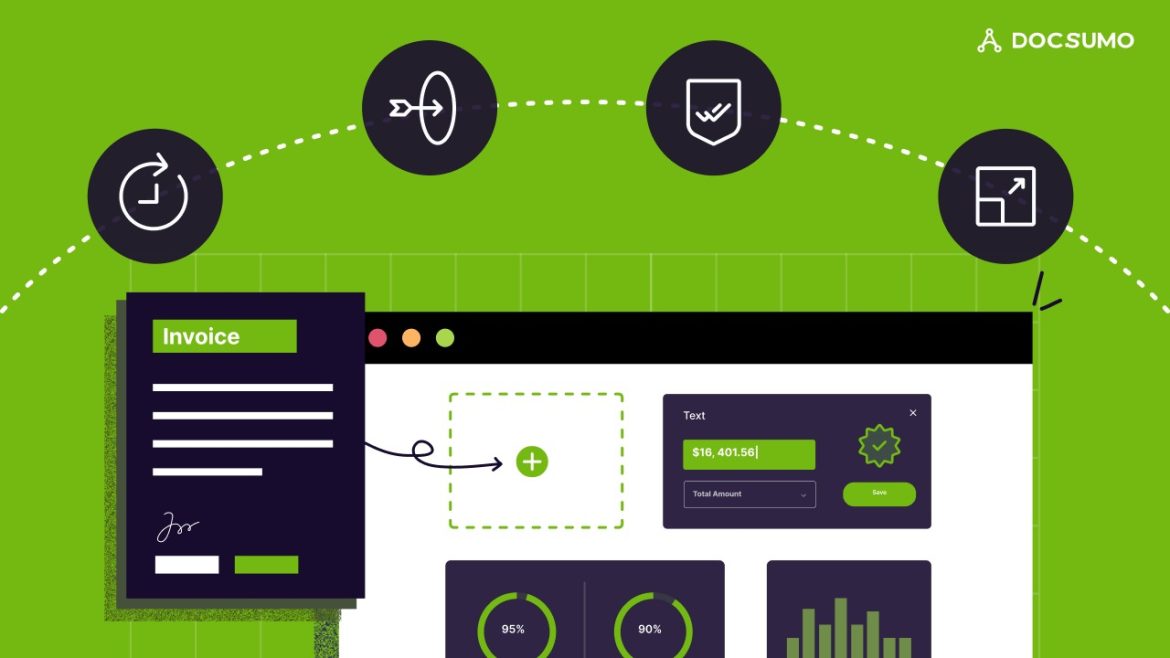In today’s fast-paced digital age, organizations are constantly seeking ways to streamline their operations and improve efficiency. One significant area where automation plays a pivotal role is data entry. Optical Character Recognition (OCR) technology has emerged as a powerful tool in this context, revolutionizing the way businesses handle data. In this comprehensive guide, we will delve into the world of OCR and explore its pivotal role in automating data entry processes.
Understanding OCR
OCR Basics
OCR, or Optical Character Recognition, is a technology that enables computers to recognize and extract text from images or scanned documents. It involves the conversion of physical documents, such as paper invoices or handwritten forms, into machine-readable text. This process eliminates the need for manual data entry, reducing errors and saving valuable time.
How OCR Works
OCR systems use a combination of pattern recognition and machine learning algorithms to identify characters and words within an image. These algorithms analyze the shapes and patterns of individual characters, allowing the software to recognize and translate them into editable text. Modern OCR software has become highly accurate, capable of handling various fonts, languages, and even handwritten text.
Benefits of OCR in Data Entry Automation
1. Improved Accuracy
One of the primary advantages of OCR technology is its ability to significantly improve data accuracy. Human data entry is prone to errors, which can lead to costly mistakes and inefficiencies. OCR eliminates the risk of typos and other manual input errors, ensuring that data is captured with the highest level of precision.
2. Time and Cost Savings
Automating data entry with OCR can lead to substantial time and cost savings. Manual data entry is a time-consuming process, and businesses can redirect human resources to more valuable tasks when data entry is automated. This efficiency boost directly translates into cost reductions.
3. Enhanced Data Accessibility
OCR technology makes it easier to access and search for information within scanned documents. Once data is converted into digital text, it becomes searchable and can be quickly retrieved using keywords or phrases. This accessibility improves decision-making and accelerates data-driven processes.
4. Scalability
OCR solutions are highly scalable, making them suitable for businesses of all sizes. Whether you’re a small startup or a large enterprise, OCR can adapt to your data entry needs. This flexibility ensures that OCR remains a cost-effective solution as your organization grows.
OCR Applications in Various Industries
1. Finance and Accounting
In the finance and accounting sector, OCR is instrumental in automating invoice processing, receipt management, and financial statement analysis. By extracting data from financial documents, OCR streamlines auditing and compliance tasks, reducing the risk of financial errors.
2. Healthcare
In the healthcare industry, patient records, prescriptions, and medical reports are often in paper form. OCR technology aids in the digitization of these documents, making patient data easily accessible to healthcare professionals while ensuring HIPAA compliance.
3. Legal Services
Law firms handle an extensive amount of paperwork, including contracts, case documents, and legal briefs. OCR simplifies document management and retrieval, allowing legal professionals to focus on their core tasks.
4. Retail and E-commerce
OCR plays a crucial role in automating inventory management, order processing, and product cataloging in the retail and e-commerce sectors. This speeds up order fulfillment and enhances the customer experience.
Choosing the Right OCR Solution
Consider Your Specific Needs
When selecting an OCR solution for data entry automation, it’s essential to consider your specific requirements. Different OCR software may excel in certain areas, such as multilingual support, handwritten text recognition, or document format compatibility.
Accuracy and Speed
Evaluate the accuracy and speed of the OCR software. Look for solutions that offer high accuracy rates and quick processing times, as this will directly impact your data entry efficiency.
Integration Capabilities
Ensure that the chosen OCR solution can seamlessly integrate with your existing software and systems. Compatibility is crucial for a smooth implementation process.
Conclusion
In the ever-evolving landscape of business operations, OCR stands out as a game-changer in automating data entry. Its ability to enhance accuracy, save time and costs, improve data accessibility, and adapt to various industries make it an indispensable tool for organizations seeking efficiency and productivity gains. Embracing OCR technology can pave the way for a more streamlined and error-free data entry process, empowering businesses to thrive in the digital age.

